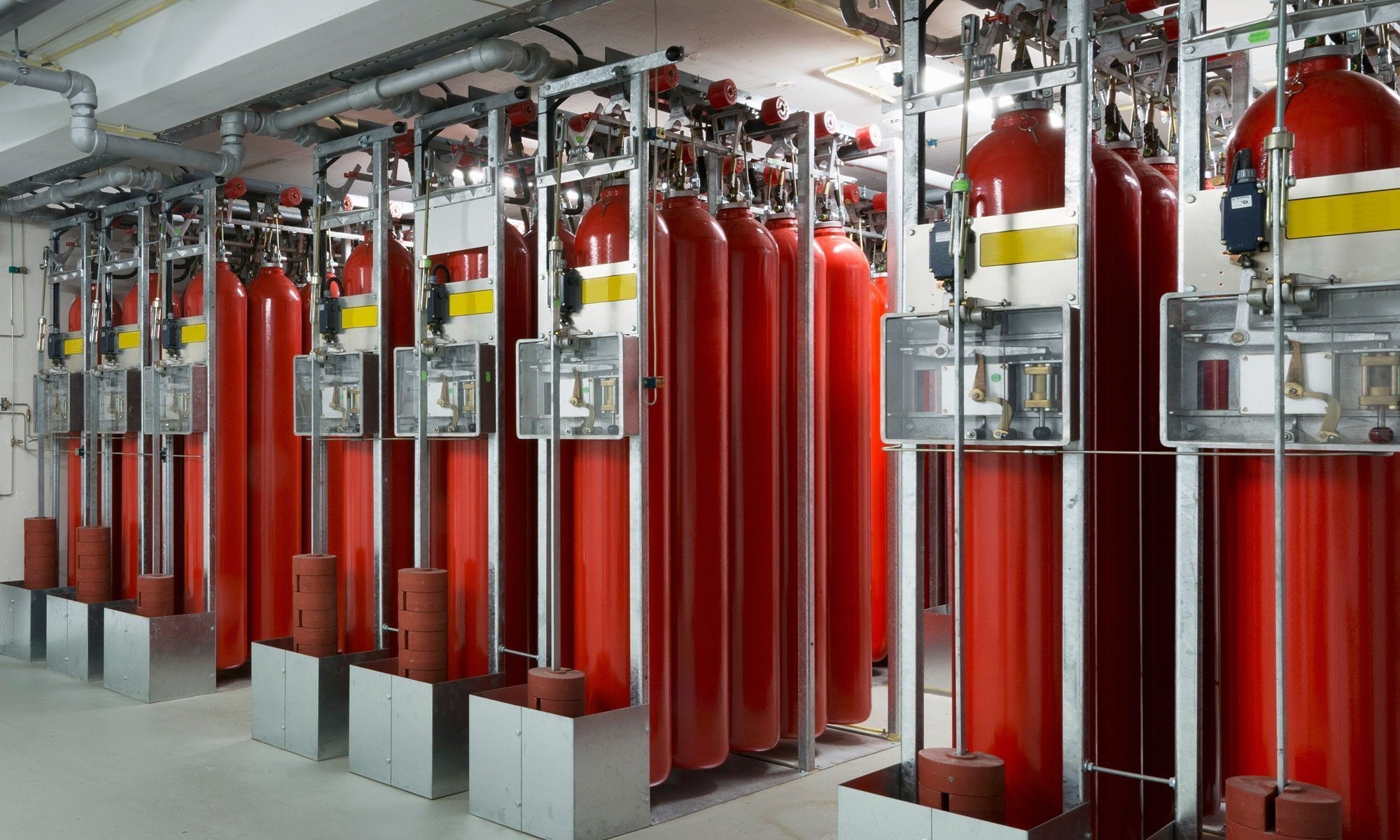Fire & Gas Detection Philosophy Development: Establishing the overall strategy and objectives for F&G detection, considering international standards (NFPA, IEC, EN, IS), local regulations (e.g., NBC 2016 in India), and client-specific requirements.
Performance-Based Design (F&G Mapping):
- Flame Detector Mapping:Optimizing the placement and type of flame detectors to achieve desired coverage for various fire scenarios.
- Gas Detector Mapping:Determining the optimal placement and type of gas detectors (flammable and toxic) to ensure effective coverage and early detection of leaks. This often involves 2D and 3D modeling for critical areas.
F&G System Architecture Design: Designing the overall system layout, including control panels (e.g., PLC-based, SIL-certified), field instruments, and communication networks.
Fire & Gas Cause & Effect Matrix Development: Defining the logical sequence of actions (e.g., alarms, shutdowns, suppression system activation) upon detection of fire or gas.
Detailed Engineering Drawings: Preparing comprehensive drawings, including P&IDs, system layouts, wiring diagrams, and equipment installation details.
Equipment Specification & Selection: Selecting appropriate and certified fire and gas detectors (flame, smoke, heat, toxic gas, combustible gas), fire alarm devices (manual call points, sounders, strobes), and suppression system components.
Control System Integration: Designing the interface and integration of F&G systems with other plant safety systems (e.g., Emergency Shutdown Systems - ESD, Distributed Control Systems - DCS), HVAC systems, and public address systems.
Manual Call Point and Emergency Stop Layouts: Designing optimal placement for manual activation of alarms and emergency shutdowns.
Ventilation and Smoke Management Design: Designing mechanical ventilation and smoke extraction systems for effective smoke control during a fire event, including staircase pressurization.
Fire Water Network Design: Designing fire hydrant systems, ring mains, fire pumps (main, jockey, standby), and water storage tanks, including hydraulic calculations.
Sprinkler System Design: Designing automatic sprinkler systems (wet-pipe, dry-pipe, pre-action, deluge) based on occupancy type and hazard classification.
Special Hazard Fire Suppression System Design:Designing systems for specific risks, including:
- o Gaseous Suppression Systemso Gaseous Suppression Systems
- o Foam Fire Suppression Systems:For flammable liquid hazards (e.g., fuel storage, chemical plants).
- o Water Mist Systems: For localized fire suppression in sensitive areas.
- o Dry Chemical/Wet Chemical Systems: For kitchen hood suppression and other specific applications.
Passive Fire Protection Design: Advising on fire-rated barriers, fire doors, and compartmentalization strategies.
Life Safety & Evacuation Planning: Designing emergency escape routes, egress pathways, and emergency lighting.


